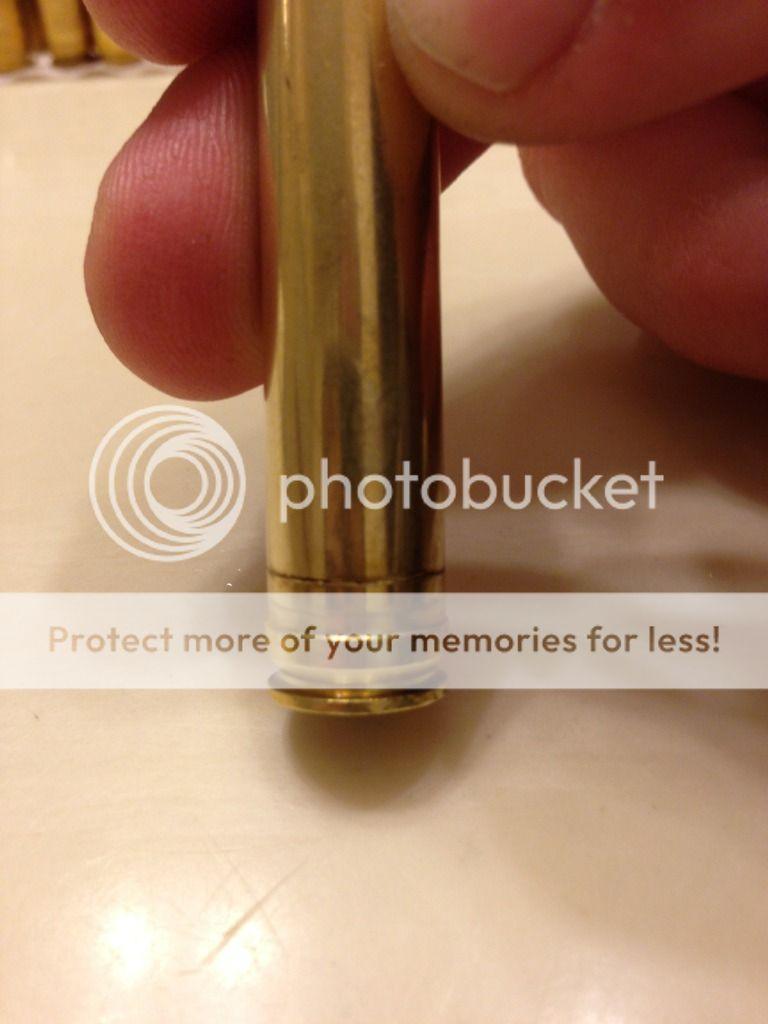I'm on the 9th firing on some Winchester 300wm brass that has been full length sized using regular Lee dies and only bumping the shoulder .001 to .002" .
I've been cutting one open every firing lately just to physically look for separation. I do the pick/ paper clip thing too but this verifies the integrity of my brass.
I've been cutting one open every firing lately just to physically look for separation. I do the pick/ paper clip thing too but this verifies the integrity of my brass.


